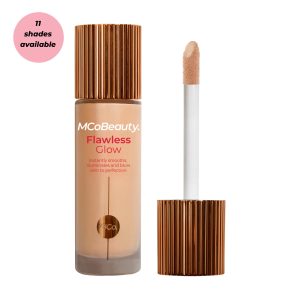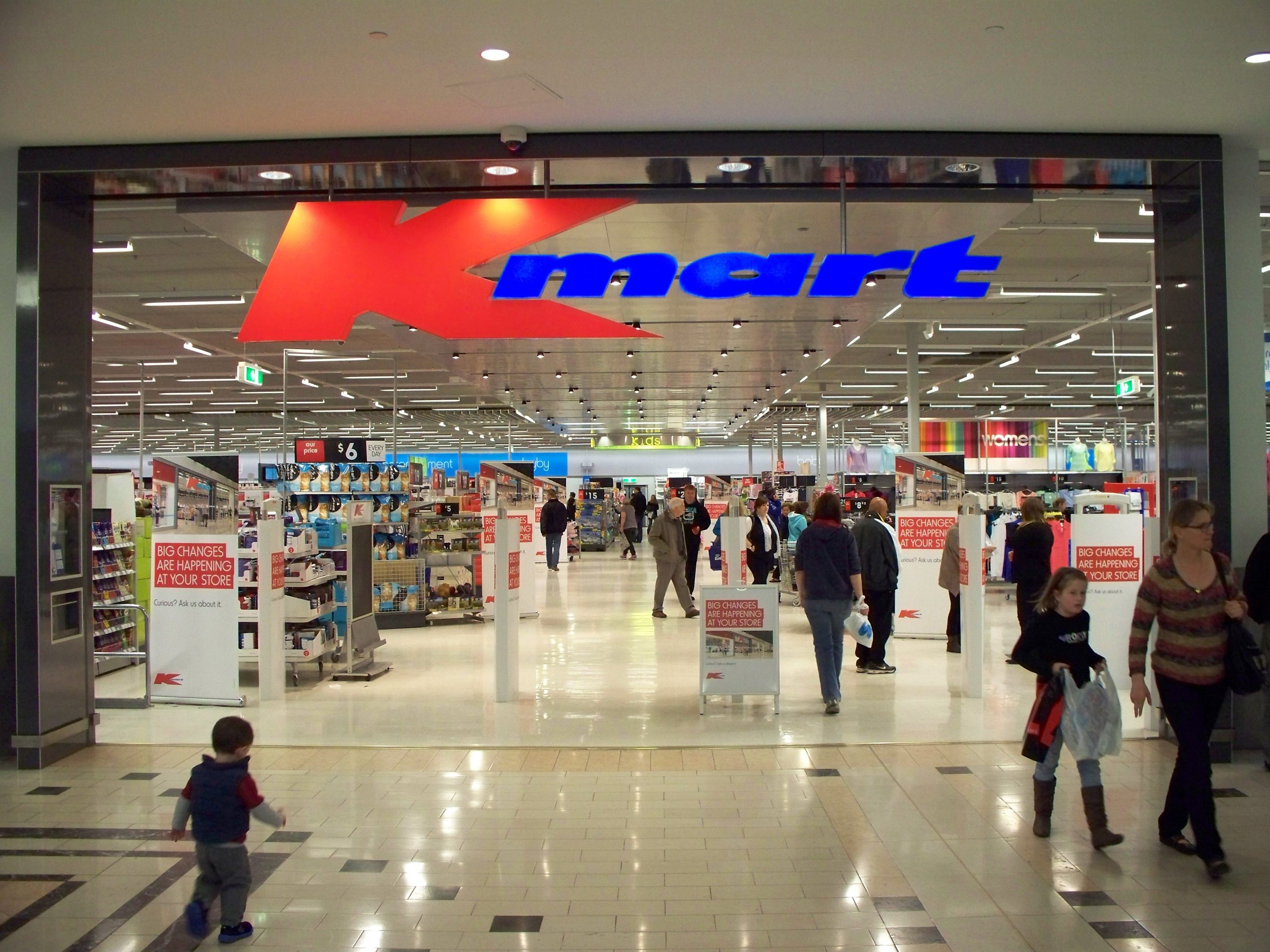06 / Dec
Consumers facing rising living costs in Australia and New Zealand have become increasingly strategic about where and how they spend their money. It’s no longer simply about finding the lowest price; shoppers now seek genuine value for every dollar spent. This shift is reshaping competition among brands, making affordability combined with quality essential to capturing consumer attention.
Price Pressures
The increasing cost of living in Australia and New Zealand is driving consumers to become more discerning and value-conscious shoppers. According to Stats NZ, the average New Zealand household faced a 6.2% rise in living costs in the 12 months ending March 2024. [5] In Australia, the Australian Bureau of Statistics reported household living costs increased between 2.8% and 4.7% in the year ending September 2024. [6] And according to a Deloitte survey, 95% of Australian consumers actively seek the best deals, with 32% indicating they would abandon a purchase if a discount isn’t available. [1]
With mounting financial pressures, consumers are prioritising purchases that offer clear value, compelling businesses to adapt product offerings and pricing strategies to satisfy these evolving demands.
Value for Money

Increased Trend in New Zealand:
Similarly, value-for-money has become a dominant driver of consumer decisions in New Zealand. According to Media Hub ANZ’s Scout Study, 54% of New Zealand shoppers rank value-for-money as the key factor influencing brand or product selection. [3] This shift has benefited affordable alternative brands, often positioning them ahead of their pricier competitors.
A notable example is Kmart New Zealand, which achieved a landmark $106 million profit in 2024, claiming the largest share of the department store market. [4] Its successful in-house brand “Anko” spans dozens of product categories, manufactured directly from OEM vendors globally rather than sourced via wholesalers. Kmart’s rise underscores the growing dominance of value-focused retailers.

Conclusion:
As affordability and quality increasingly shape purchasing decisions, marketers and brands across all sectors must proactively adjust their strategies. Companies that effectively tailor their pricing, promotions, and product lines to meet consumers’ heightened expectations for value will maintain competitive advantages. Brands resistant to this shift risk losing market share to agile competitors who better understand and respond to the demand for genuine value.
Make sure to check out the other Top Consumer Trends in 2025 for Australia, New Zealand and the United Kingdom.
[1] Holiday Shoppers to Tighten Purse Strings as Cost of living Challenges Bite, Deloitte, September 2024
https://www.deloitte.com/au/en/about/press-room/holiday-shoppers-tighten-purse-strings-cost-of-living-challenges-bite-170924.html
[2] Retail World, Retail World, August 2024
https://retailworldmagazine.com.au/retail-world-august-2024/
[3] The New Value Economy, MediaHub NZ, July 2024
https://medium.com/@MediahubIA/the-new-value-economy-2f4f57d9358a
[4] Kmart Reveals 106 million profit for 2024, NZ Herald, November 2024
https://www.nzherald.co.nz/business/companies/retail/kmart-nz-reveals-106-million-profit-for-2024/5OYY736LVBEMZKE2JVQHYXL4DE/#:~:text=Kmart’s%20New%20Zealand%20division%20has%20revealed%20a%20bumper%20%24106%20million,year%2C%20up%20from%20%2469.6m.
[5] Household living costs increase 6.2 percent, Stats NZ, April 2024
https://www.stats.govt.nz/news/household-living-costs-increase-6-2-percent/
[6] Selected Living Cost Indexes Australia, Australian Bureau of Statistics, November 2024
https://www.abs.gov.au/statistics/economy/price-indexes-and-inflation/selected-living-cost-indexes-australia/latest-release




Comments (0)